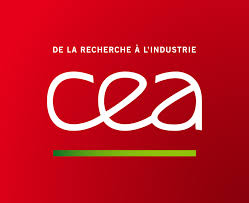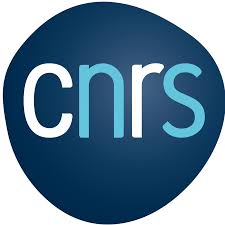25th Rencontres Itzykson - Many Body Chaos, Scrambling and Thermalization in Interacting Quantum Systems
Amphitheatre Claude Bloch
Institut de Physique Théorique
The Itzykson Meeting is held every year in Saclay to honour the memory of Claude Itzykson. The 25th edition of this meeting will take place on June 2-4 2021
Thermalization and out of equilibrium dynamics of many body strongly interacting quantum systems have been the subject of a recent burst of research activities. In particular the dynamics of operator and information spreading (scrambling) as well as its chaotic behavior have been recently investigated starting from models originated in the context of strongly correlated many body systems and have found application to black holes physics. This has been triggered by the appearance of a new class of exactly soluble large N quantum field theories, such as the celebrated Sachdev-Ye-Kitaev model. The aim of this workshop is to review the recent advances in the field and to stimulate further research in this direction which lies at the interface between statistical and condensed matter physics and high-energy/mathematical physics.
Due to the current situation, the conference will take place online.
The location is sent by email each day. If you registered and did not see any message, please check the spam folder.
Organizing commitee: Monica Guica, Marco Schirò, Pierfrancesco Urbani, Laure Sauboy (Secretary)
The workshops is supported by




